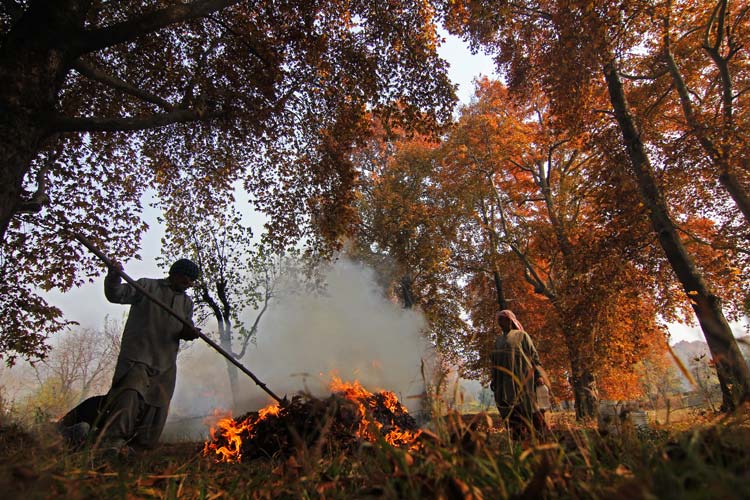INTACH’s Kashmir Chapter Convenor, Muhammad Saleem Beg talks about the vulnerability of our places of reverence and the absence of risk mitigation measures in an interview to Kashmir Life Correspondent Tasavur Mushtaq
KASHMIR LIFE: Despite the structure of shrines being disaster vulnerable, neither a foolproof security system nor a preventive and quick reaction fire fighting system has been in place at these highly vulnerable sites?
Muhammad Saleem Beg: Look, there are multiple stake holders and not only one. Most of them are not are not sensitized regarding disaster management. Fire, though an important one, is not the only risk faced by these monuments. We are also worried that devotees’ level of understanding and awareness regarding both natural and manmade hazards is minimal.
KL: The Government has ordered a fire-safety audit of all major shrines in Jammu and Kashmir. Was devastation of one of Kashmir’s most sacred shrine the only way to wake the Government up from slumber?
SB: It seems. This is not the first case of fire at shrines; there have been a couple of cases earlier as well. Let me again repeat there are multiple stakeholders associated with the management of shrines, government is one of them. There is the local intizamia, the khuddams, and then government also has the main role.
KL: You have maintained that present maintenance and management practices at Khanqahs are abjectly lacking in expertise and basic awareness of disaster management and mitigation. What is required to be done?
SB: Proper disaster and mitigation plans both in terms of men and material have to be in place. These shrines have not evolved overnight. We have seen that in the last twenty years fire threat has considerably accentuated due to electricity overload. The load is mostly in the shape of multiple sound amplification devices. This is beyond the original requirement for illumination, lighting, etc.
KL: Responsible for manning the shrines of State, Wakf Board was caught on the wrong foot when the tragic incident happened. The preparedness to meet such eventuality was not seen?
SB: I cannot comment on this. It is not just the Wakf Board. You can fix responsibilities only when the control mechanism is specific. Here what we see is lack of cohesion and proper hierarchy of control.
KL: You had already cautioned government of taking into consideration the sanctity of space. Today you are being taken into confidence, that time you were not?
SB: ( Smiles) Look, it is not about taking us into confidence. Intach is not a state institution. We have expressed our opinion on the basis of perceptions. If at all certain remedial measures would have been put in place, the damage could have been averted. This is wisdom in hindsight. We don’t manage the shrines. We are the domain experts in heritage conservation and our role is well defined. We would like to conserves places which have cultural value. We follow and put into practice certain principles of conservation which are very elaborate and well defined. And on the basis of our domain knowledge we try to develop an illustration plan
KL: We have both Hindu and Muslim shrines but where are the Buddhist shrines?
SB: Buddhism is very old. There are certain Buddhist monuments that are part of archaeology now. What has survived the tests of time is only the stone, pebble and mud architecture in respect of Buddhist shrines.
KL: Muslim Shrines seem to have retained the Budhist Pagoda architecture throughout faith interchange. Why did Muslim architecture replace stone by wood?
SB: It is a long debate that how it came into being. Fact remains that Muslims did show a preference for wooden architecture perhaps mainly due to availability of raw material, skill base and also the ease of construction in wood.
KL: Though promised by the government to restore “the original glory” of the shrine, do you think it is possible to have the same?
SB: Well I don’t know how much can be restored in terms of material loss. But the fact remains the people of Kashmir have spiritual association with this space and that loss is irreparable. This is a big challenge as the damage caused to the shrine is extensive. We are aware of the sentiment, thus the new structure should ideally meet the aspirations of people spiritually as well.
















